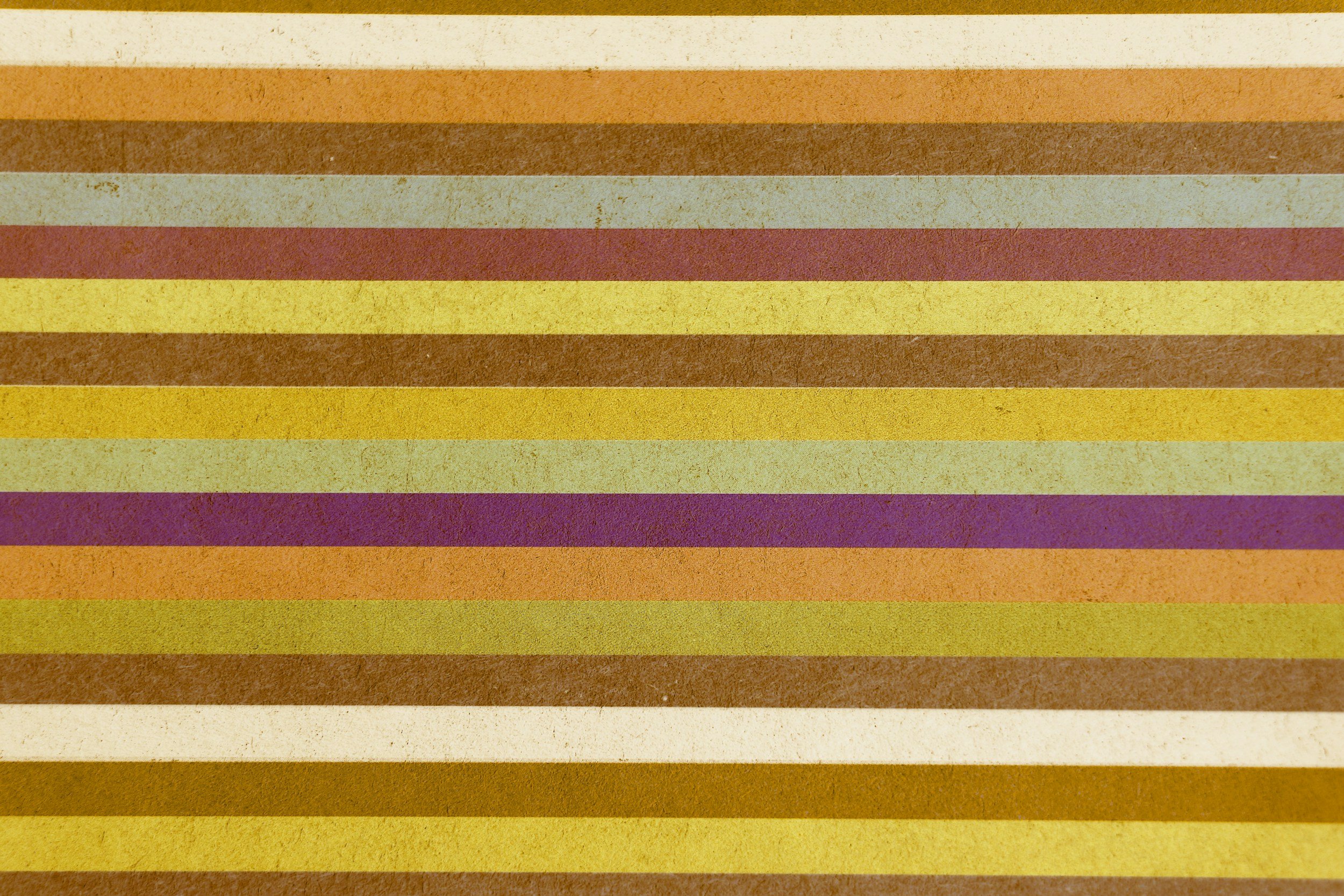by Danny Mucinskas
In pursuing short or long-term goals, at the individual or organizational level, a clear understanding of your mission can be a powerful source of focus and motivation. The start of a new year is the ideal time to realign priorities and to reflect alone or open conversations with others about your shared and personal missions.
Institutional missions are “enduring statements of purpose that distinguish one organization from other similar enterprises” (David & David, 2003), and most large organizations today have mission or vision statements. Missions may serve multiple roles (Bain & Company, 2018; Bittencourt & Willetts, 2018), including:
To differentiate an organization within a field of similar ones.
To establish a visible purpose and describe the processes necessary to fulfill it.
To provide a binding focus on common goals and a framework for shared behavior.
To attract support from others who share a complementary mission.
In education, missions such as “lifelong learning,” “critical and creative thinking,” and “productive contributions to society” are common (Wiggins & McTighe, 2007). Mission statements of schools in particular have been linked to:
Values promotion among stakeholders and even improved relationships and student behavior (Lovat et al., 2010).
Character education outcomes, if the school is able to build an open climate, establish a shared vocabulary, and engage in role-modeling (Arthur et al., 2017; Berkowitz et al., 2017).
A recent study of secondary schools by The Good Project showed that schools with a strong mission-driven ethos are likely to attract like-minded individuals and that community members may use mission statements as a way of judging actions within the school context or beyond it.
Given what we know about mission statements, it is worthwhile for educators and students alike to take time to explore existing missions or to create a new one together.
The Good Project offers a few activities that can help identify a mission and how it intersects with values, role models, or “good work”:
School Mission (link) – Students write down their school’s mission statement or draft a new one, and then consider the values important to the community.
Group Brainstorm: Identifying Mission (link) – Students answer a series of questions about the school mission in small groups and identify someone who might exemplify the mission in practice.
School Mission Reflection (link) – Students brainstorm together about areas of agreement or disagreement about their school mission and what “good work” means at their school.
Additionally, a personal mission statement related to excellence, ethics, and engagement can help individuals do “good work” on a daily basis. The “What Is My Mission? (link)” activity guides users to set their own mission statement. This process may allow people to better see where their own mission diverges from the missions of those around them or the organizations that they are a part of.
As outlined in our video on the 3 Ms (Model, Mission, Mirror), the process of writing a personal mission statement may therefore open conversations about whether friends, colleagues, and others in communities share similar goals and how to better align perspectives.
We encourage all of our readers to take a moment to pause and consider your mission in the coming days. Additionally, think about how you can have conversations with those around you about your personal and institutional missions, where alignments can be strengthened, and where misalignments can be bridged.
References
Arthur, J., Kristjánsson, K., Harrison, T., Sanderse, W., & Wright, D. (2017). Teaching character and virtue in schools. Routledge.
Bain & Company (2018). Mission and Vision Statements. Retrieved from https://www.bain.com/insights/management-tools-mission-and-vision-statements/.
Berkowitz, M.W., Bier, M.C., & McCauley, B. (2017). Toward a science of character education: Frameworks for identifying and implementing effective practices. Journal of Character Education, 13(1), 33-51.
Bittencourt, T. & Willetts, A. (2018). Negotiating the tensions: A critical study of international schools’ mission statements. Globalisation, Societies and Education, 16(4), 515-525.
David, F.R. & David, F.R. (2003). It's time to redraft your mission statement. The Journal of Business Strategy, 24(1), 11-14.
Lovat, T., Clement, N., Dally, K., & Toomey, R. (2010). Values education as holistic development for all sectors: researching for effective pedagogy. Review of Education, 36(6), 713-729.
Wiggins, G.P. & McTighe, J. (2007). Schooling by design: Mission, action, and achievement. Association for Supervision and Curriculum Development.




